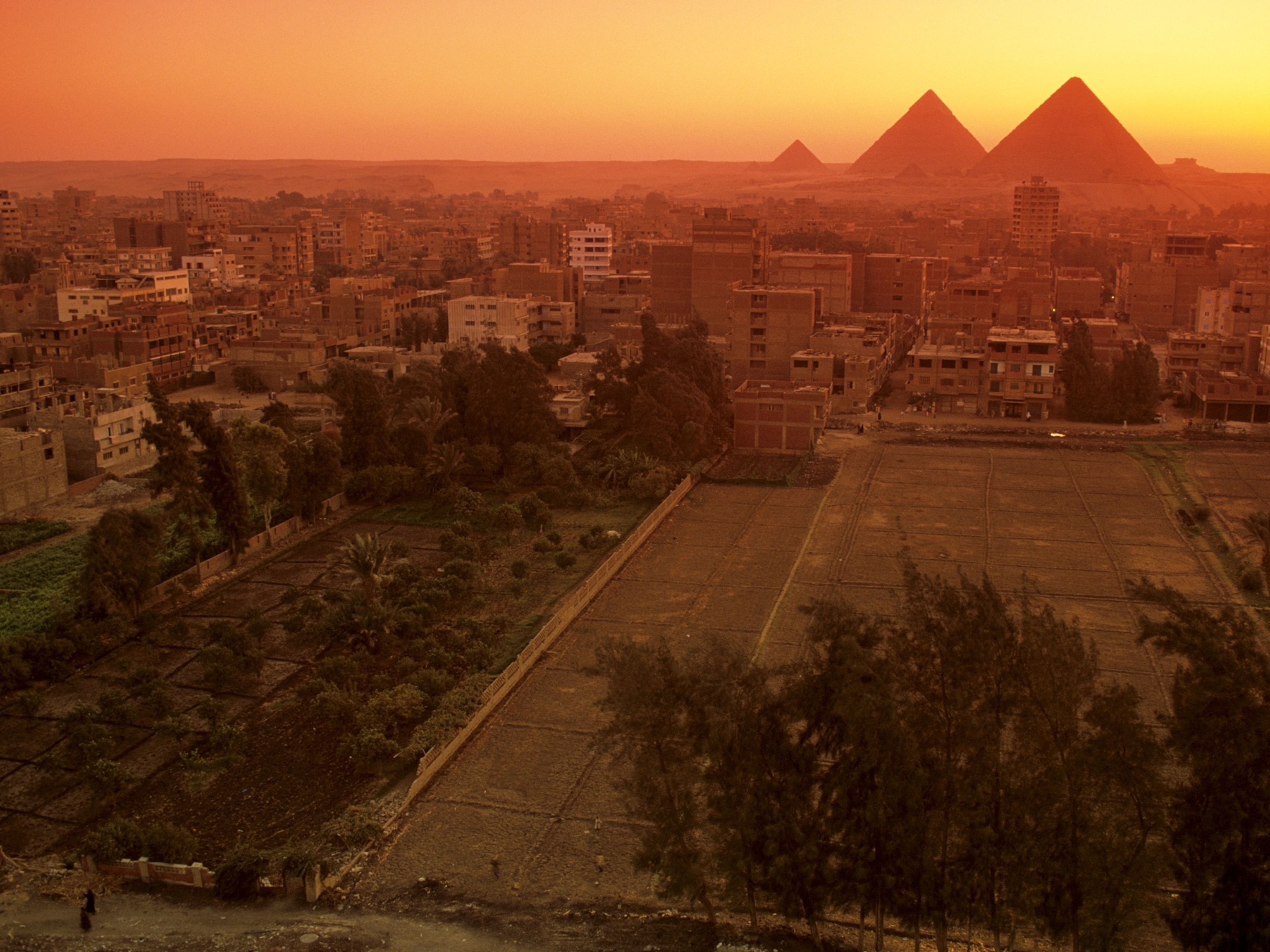
Tomb of Maya Prince Found in Mexico
Remains of young man discovered in royal palace complex.
The tomb of a Maya prince has been unearthed deep in the jungle of Mexico's Yucatán Peninsula, archaeologists say.
It's the most elaborate tomb found so far by a team of archaeologists excavating the Maya city of Uxul, in present-day Campeche, Mexico (map).
Since 2011, the team has been focusing on the royal palace complex, which consists of at least 11 buildings and 5 courtyards.
Dating to the early 8th century A.D., the newfound tomb houses the remains of a young man—between 20 and 25 years old when he died—and nine pieces of ceramics. (Take a Maya quiz.)
"On one of the vases, there was a simple dedication written in elegantly molded hieroglyphics, which read: [This is] the drinking vessel of the young man/prince," team member Nikolai Grube, of Germany's University of Bonn, said in a statement.
"Also, a second molded vessel appears to mention a young man or prince," he said.
Another cup bears a date that Grube and colleague Kai Delvendahl interpret to mean the year A.D. 711, which gives some indication when the prince lived and died.
(See pictures of the Maya rise and fall in National Geographic magazine.)
Prince Wasn't Destined to Be King?
However, the lack of jade jewelry in the tomb means that the prince was not directly in line for the throne, experts say.
"Normally, what you would see in the tomb of an individual who was actually king, you would see very lavish objects like jade masks made in the individual's likeness, jade ear spools, or other elaborate jade objects," said Jennifer Mathews, an anthropologist at Trinity University in San Antonio, Texas, who wasn't involved in the excavation.
(Also see "'Dramatic' New Maya Temple Found, Covered With Giant Faces.")
"We don't see that in this particular case, so they think that this was a guy who was part of the royal family but who was not in line for the throne."
The nameless prince's fortunes certainly were on their way up before his death, however. Until the year A.D. 705, Uxul was ruled from Calakmul, a bigger Maya site about 16 miles (26 kilometers) away. (See a map of the Maya civilization.)
After that time, Calakmul's influence receded, and the prince's family became the local rulers of Uxul.
In Maya culture, rulers were seen as godlike, and "they would have been lavished with all kinds of goods," Mathews added.
"Overall, his family would have had more prestige and power. I guess inadvertently he would have received benefits from that."





